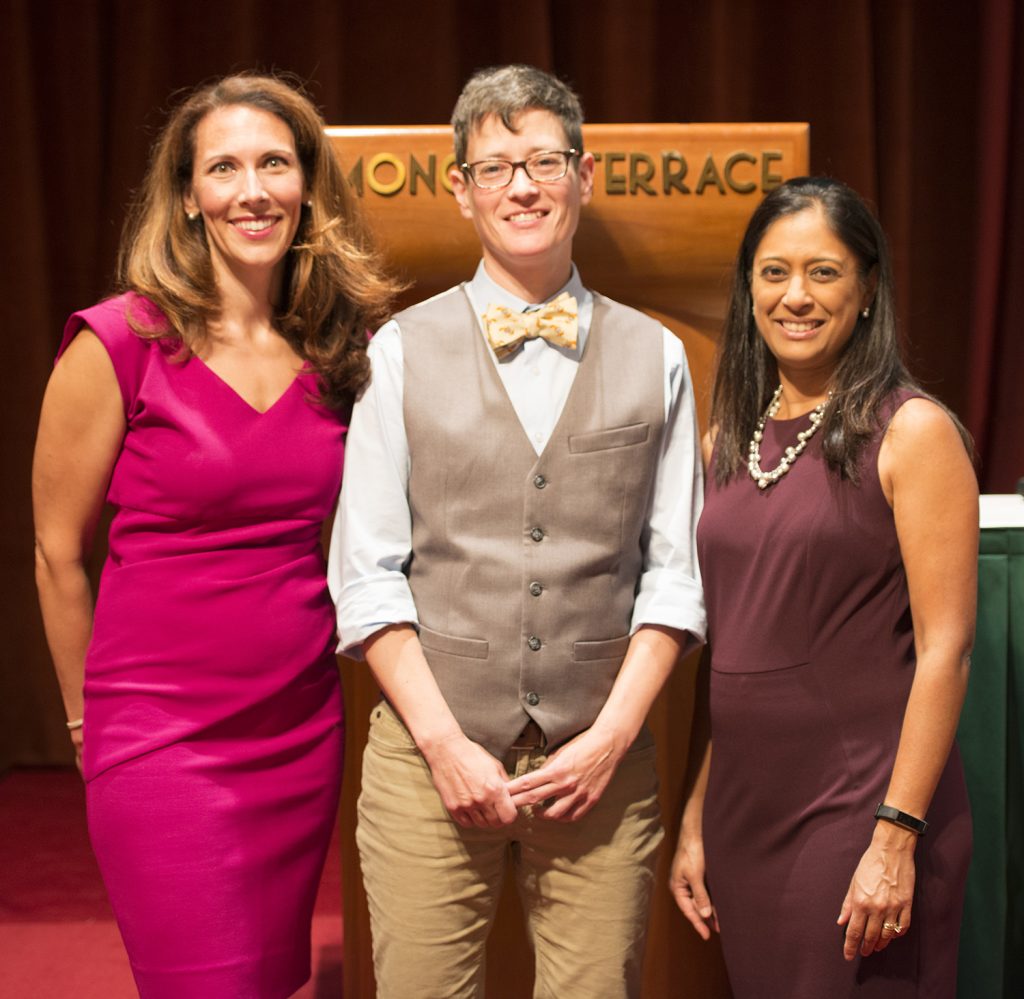The national opioid crisis is not just an adult problem. With approximately 467,000 children aged 12 to 17 using pain medication for non-medical purposes in 2014—and 16,000 children using heroin that year (source: SAMHSA)—opioid and substance use disorders are pediatric illnesses, too.
At the 2017 Seminars in Pediatrics, keynote speaker Lucien Gonzalez, MD, MS, FAAP, a pediatric addiction medicine expert at the University of Minnesota, gave two talks on the rise of pediatric opioid and substance use, and how pediatricians can better understand, identify and help children and young adults with these disorders.
From Prescription Opioids to Heroin

Dr. Gonzalez began by citing a 2014 study stating that, in contrast to the 1960s, among young people today who use opioids, 75 percent started with prescription opioids rather than heroin. (New research, however, suggests that as prescription opioids become less accessible, heroin is more frequently becoming the initiating opioid.)
Dr. Gonzalez added that about 40 percent of adolescents express the belief that prescription drugs are safer than “illicit” ones.
“Brains don’t differentiate between ‘licit’ and ‘illicit’ substances,” they explained, noting that even legitimate opioid use before 12th grade carries a one-third higher risk of non-medical opioid use in young adulthood, and a 2.7-fold higher risk of non-medical use to “get high.”
While more research is needed, risk for nonmedical use and addiction appears to be modulated by the young person’s intended effects (for example, pain relief only versus euphoria), and prior use of the “acceptable highs” of nicotine, alcohol and/or cannabis.
In addition to prescription opioid use disorder, other major risk factors for heroin addiction in young people include:
- Cannabis, alcohol or cocaine use disorder;
- Uninsured status and poverty;
- Being a male aged 18-25;
- Lack of nurturing by caregivers or ineffective parenting;
- Psychiatric illness, especially conduct disorder, depression or anxiety;
- Academic failure, poor classroom behavior or social skills; and
- Association with substance-using peers.
Dr. Gonzalez urged pediatricians to screen for mental health symptoms and substance use at least by age 11, to help identify at-risk groups and to become better educated on addiction treatment strategies.
Specifically, they mentioned that the American Academy of Pediatrics offers members a free online course that, upon completion, allows them to apply for a waiver to prescribe buprenorphine as part of opioid use disorder treatment.
“Emerging adults are an age group that gets lost between pediatrics and adult medicine,” Dr. Gonzalez said. “The most appropriate people to approach this developmental group are pediatric providers. We have to work to disseminate learning and help each other, so we can do the most effective job for as many young people as we can.”
Reducing Bias and Stigma
Dr. Gonzalez’ second keynote focused on how unconscious bias can cloud objective understanding of substance use disorders, potentially marginalizing those who struggle with those disorders.
For example, a clinician might view long-term insulin therapy for diabetes as a viable medical option, yet not necessarily view medication-based treatment for heroin addiction in the same way.
Because adverse childhood experiences, psychiatric illness and younger age at first use all increase the likelihood of substance use disorders, Dr. Gonzalez said clinicians must be firm in educating caregivers on how substances affect the body and developing brain, so they can participate in preventing use by their children.
Finally, Dr. Gonzalez raised awareness of how stigmatizing language, such as “substance abuser,” “addict” or “clean/dirty,” can perpetuate a mindset of patient-blaming—and encouraged participants to advocate for at-risk patients and families.
“Don’t wait for it to become an adult problem,” they said. “Make it your problem now, wherever you meet patients.”
Save the Date: The 2018 Seminars in Pediatrics will be held September 27-28, 2018, at the Wisconsin Institutes for Discovery.
Seminars in Pediatrics was sponsored by the UW School of Medicine and Public Health Department of Pediatrics, the UW Health American Family Children’s Hospital and the University of Wisconsin-Madison Interprofessional Continuing Education Partnership.